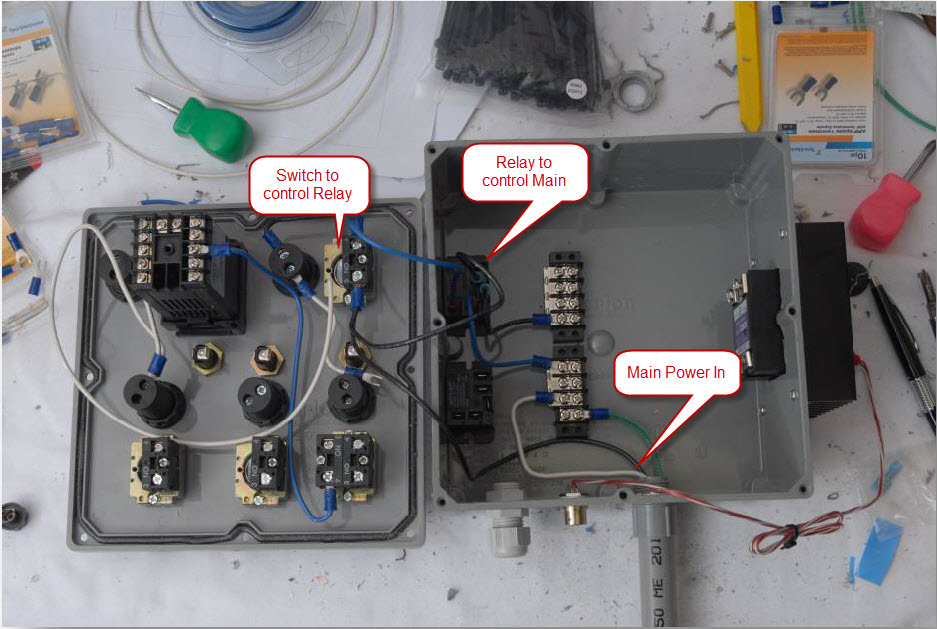The video shows a very scary flash for sure, but there is no explanation at all as to how pulling about 100 mA of current in a closed metal box is going to create an arc flash of any kind, nevermind one that is so dramatized in that video. Are you suggesting the setup in PJ's diagram can do what this video is showing? If not, it's more of a scare tactic when used in this discussion no?
It's not the 100mA that's the problem. It's the one time that someone mis-wires the E-Stop circuit. 99.9% of the time the circuit will work fine. It's that 0.1% that someone accidentally wires it as a dead short and is doesn't work that is the problem. Also, the circuit isn't contained; it goes through the E-Stop button that's probabaly installed in a penetration in the front of the panel. To answer your question, yes, I am suggesting that P-J's design has potential to do what is in the video.
"Scare tactic"? This implies that I have some intention to manipulate. I just want to make people aware of the possibilities. I want to help people choose safe, reliable designs for their brewery controls.
I'll concede on one very basic fact that the NEC is meant to address. What is the safest possible way to wire something so that safety is maximized when everything that can go wrong, does? In that regard, I agree. At the same time, you have to admit that logically almost everything has to go wrong for this workaround to cause a problem.
The NEC is really about fire prevention. It's written by the National Fire Protection Association after all. I disagree that "everything" has to go wrong. All the items that I described above are single failures that can create a problem. Murphy's law says that any of these things has potential to happen. So why take the risk?
I appreciate that you recognize P-J's design as a "workaround".

Even you admit that it's hokey.
The resistors would only be powered for more than a second if you hold the button down (or it sticks) AND the GFCI fails.
E-Stop buttons are maintained buttons--when you press it, it stays in that position. So it's not just for a second.
It may be a simple, clever design. I'll give him that, but it is not something that would be used by an engineer designing a safety circuit, ever. A GFCI is not meant to be used in this capacity. It is meant to protect from shock--not to use a shunt trip. This is not a fail-safe design. When you design a safety circuit, you don't want a failure in the safety circuit to result in a loss of the safety function. In this case it can.
Why is it necessary to trip the breaker all the way back at your distribution panel anyway. That's just a PITA. There are appropriate ways to trip a breaker automatically. It's called a shunt trip.
As you could see, I could go on and on all day about why this is not a good design. There are so many ways that a safety circuit can be design and this not not one of them. This is not a common practice in any professional electrical design.








